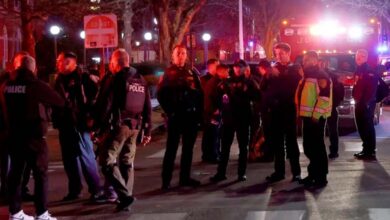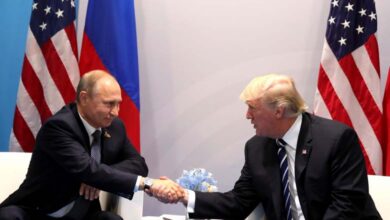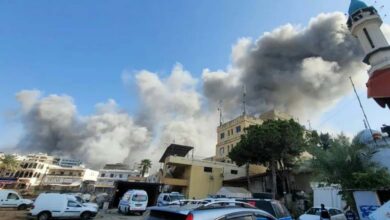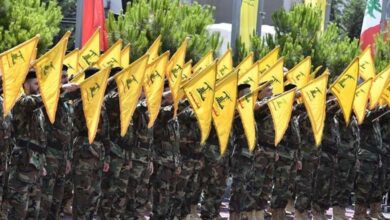How Did Moscow Survive Hitler?
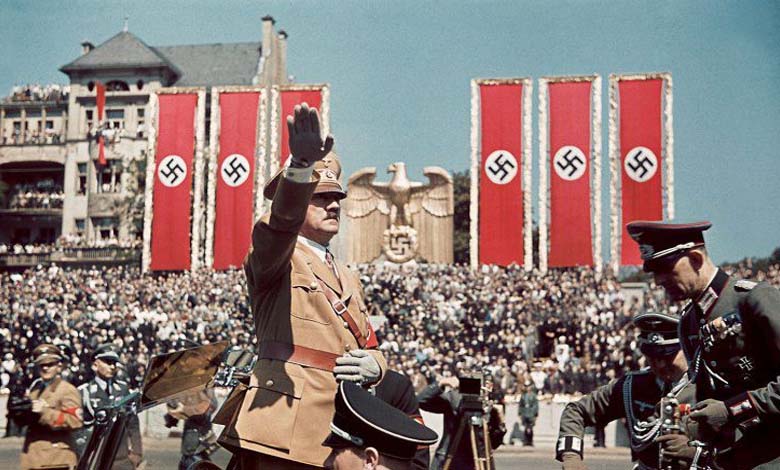
Moscow was under siege, with the roar of Nazi artillery echoing just a few miles from its outskirts, and German air raids threatening its skies.
-
Hitler’s Lost Gold… a German treasure hunter nears a breakthrough in an 80-year-old mystery
-
The “Beer Hall Putsch”: The Bullet That Brought Luck to Hitler
On November 7, 1941, the Soviet capital was not merely a city under mortal danger; the fate of the entire world seemed to hang in the balance.
At that critical hour—when Adolf Hitler believed he was about to witness the swift collapse of the Soviet Union—one of the boldest psychological and military operations in modern history took place: the Red Square military parade, according to “Russia Today.”
The last days of October and early November 1941 were not ordinary wartime days—they represented the ultimate test of Soviet endurance. Factories had been evacuated, and bridges and key buildings were mined, ready for demolition.
-
Horten Ho 229: The Nazi Bomber That Preceded the Stealth Aircraft Era
-
The Third Reich and the Graf Zeppelin: A Dream Turned Nightmare
“Moscow Will Not Fall”
The enemy was just 70 to 100 kilometers from the city center. In this tense atmosphere, Soviet leadership under Joseph Stalin decided not only to stand firm but to send a defiant message to both allies and enemies: Moscow will not fall.
The key condition for the parade was total secrecy. There were no public rehearsals and no usual military fanfare. Any sound of marching soldiers or brass bands could have caused panic among civilians or attracted the attention of German reconnaissance aircraft.
The plan, codenamed “Operation Moscow Garrison”, was known to only a handful of officials.
-
Germany Prepares for a World War… “Protective Trenches” Linked to an Electronic “Fingerprint”
-
The Last Moments in the Life of the ‘Desert Fox’… Poison Tears Through His Entrails
That secrecy was essential: the night before the parade, 250 German planes tried to penetrate Moscow’s airspace. The city’s air defenses responded fiercely, shooting down 34 enemy aircraft and preventing any bombers from reaching their targets.
At that time, the temperature was –2°C, and the weather was stormy. On the morning of the parade, a heavy snowstorm and thick fog forced organizers to cancel the aerial segment, which was supposed to feature around 300 aircraft.
-
Europe’s drone wall… Germany exposes the gaps
-
Germany and Russian Visas: Security Loophole or Fragile Diplomatic Thread?
One of the Boldest Acts of the War
At sunrise, 28,500 soldiers and sailors assembled on the cobblestones of Red Square, dressed in battle gear, weapons at the ready, their eyes fixed on the podium where Stalin stood.
The parade was not just a show of power—it also commemorated the 24th anniversary of the October Revolution, at a moment when both the revolution and the Soviet state seemed to be in mortal peril.
From the podium, Stalin delivered a fierce speech denouncing the “panic-stricken intellectuals” who exaggerated the enemy’s strength and vowing that “Hitler’s Germany would collapse under the weight of its crimes” within months.
-
German Army Preparing to Develop Long-Range Combat Drones
-
Germany Refuses to Repatriate ISIS Fighters: Syria’s Delayed Justice Dilemma
Immediately after his address, many of the parade’s participants marched directly to the front lines, turning the event into a direct prelude to battle.
According to “Russia Today,” the parade’s impact went far beyond Soviet borders. The world was stunned by this audacious act. British newspapers such as The News Chronicle and Daily Mail praised it as “one of the greatest demonstrations of courage and confidence during the war.”
Nazi propaganda tried to downplay the event, but the German intelligence failure to assess the true extent of Soviet reinforcements around Moscow contributed directly to the massive Soviet counteroffensive launched on December 5, 1941—proving that the so-called “blitzkrieg” had failed completely at the gates of Moscow.




